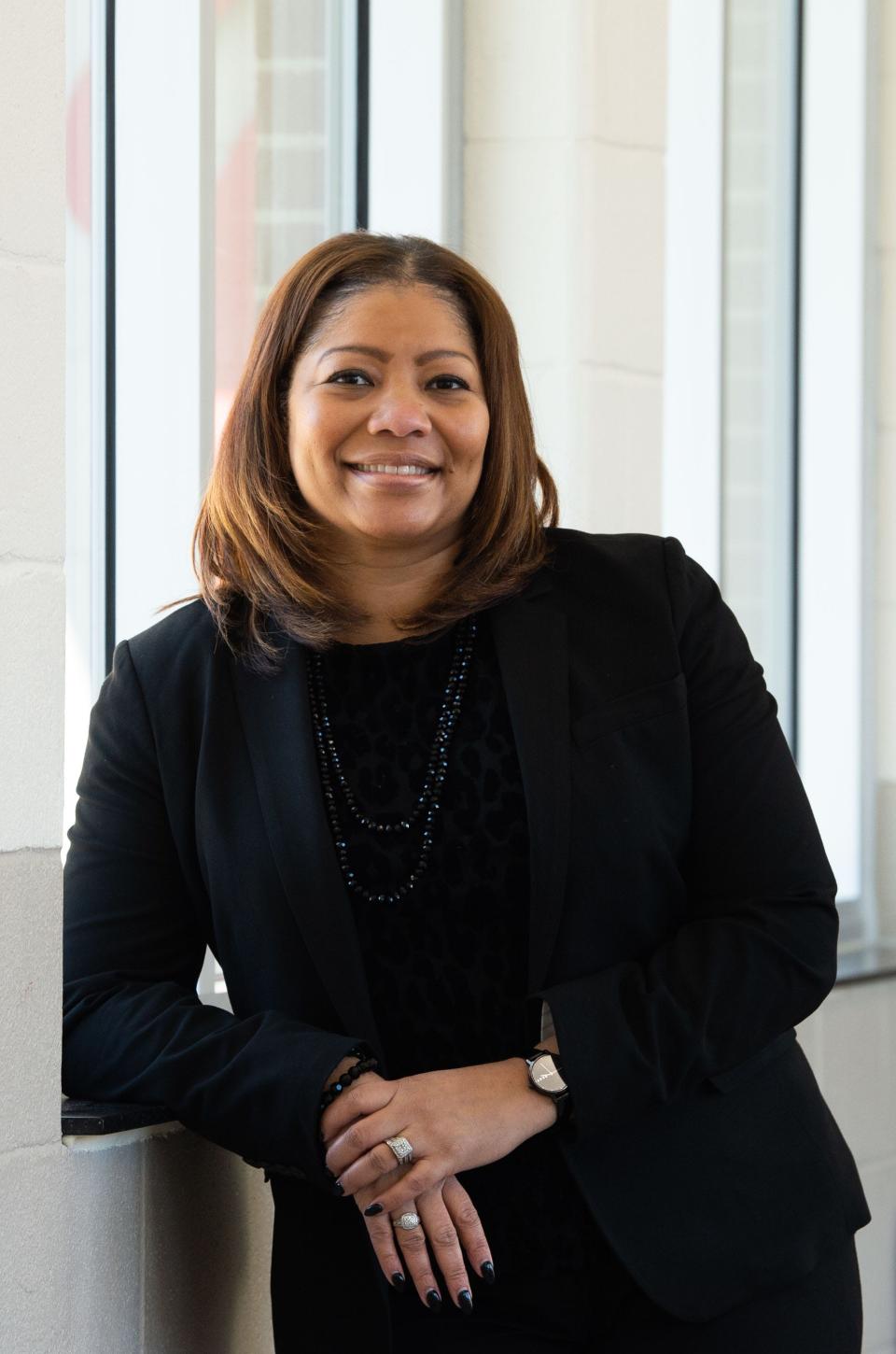Nashville leaders 'dismayed,' question share of funding in Tennessee's new education plan
Nashville elected officials and school leaders are expressing concerns about the projected funding increase Metro might see under the state's proposed new funding formula, even as many questions remain about the proposal unveiled last week.
Metro Nashville Public Schools is only set to receive about $12.6 million in additional state money, according to documents the Tennessee Department of Education sent to Director of Schools Adrienne Battle and city leaders.
Though the state projects the district's overall funding to increase by more than $47 million from fiscal year 2023 to fiscal year 2024, the local contribution from Davidson County itself is also expected to increase under state projections.
Nashville Mayor John Cooper took his concerns to Twitter Wednesday.

"While I am appreciative of the state’s increased investment in education across Tennessee, I am dismayed that Nashville’s share of funding will decline under the new formula," Cooper said. "We are set to receive about $12.6 million in additional state funding, far less than other cities in Tennessee. Our children, teachers, and taxpayers deserve to receive their fair share from the state."
New funding pitch: Gov. Bill Lee unveils new school funding formula aimed at focusing money directly on students
Legislative approval: Tennessee lawmakers eye the road ahead for Gov. Bill Lee's education funding overhaul
The new proposed funding formula, called the Tennessee Investment in Student Achievement, was unveiled by Gov. Bill Lee and Education Commissioner Penny Schwinn last week.
The formula provides $6,860 per student as well as additional funding for certain groups of students, such as those with unique learning needs or who are considered economically disadvantaged.
In some cases, depending on a student's individual needs, per pupil spending could rise to more than $10,000.
The state also says it will provide additional direct funding, including $500 per student for a literacy initiative directed at students in grades K-3, $500 per student for fourth-grade tutoring programs, as well as performance bonuses for students testing at or above grade-level in third grade reading or achieving high scores on the ACT.
In his proposed budget, Lee also allocated $750 million in additional funding to K-12 education — predicated on lawmakers approving the new legislation — for the new formula but some district leaders are critical of their share of the increase.
"It appears that the second-largest school district in Tennessee, accounting for more than 8% of public school students, will receive less than 2% of the $750 million investment next year," Battle said in a statement. "We hope that lawmakers and state officials will understand the disparity in this and find ways to ensure Nashville’s students receive a fairer share of state revenues dedicated towards K-12 education.”

Senate Minority Leader Jeff Yarbro, D-Nashville, questions the proposal and argues it appears to be bad not just for Nashville, but "for everybody."
"Fundamentally, this plan looks bad for everybody. In the current formula, the biggest variable is teachers. In the Governor’s proposed formula, the biggest variable is the legislature itself. And that’s bad news for parents and for local property taxes everywhere," Yarbro said in a text message.
"Nashville will see the downsides earlier than most places, but that really shows the formula doesn’t even do what the Governor says it’ll do. In what universe can a funding formula that theoretically directs resources to low-income students send so little to low-income students in the State’s capital city."
How funding could your district receive?: See how Tennessee Gov. Bill Lee's new funding formula could impact school district funding
Students who are defined as economically disadvantaged would receive $6,860 in base funding plus an additional $1,715 per pupil (base plus a 25% weight) under the new formula.
More than 33% of Davidson County students are considered economically disadvantaged, though the district ranks 34th when it comes to economically-disadvantaged students when compared with the state's other 146 school districts, state officials said.
Nashville school board member Gini Pupo-Walker said she was surprised "and a little confused" by the district's drop in economically disadvantaged student enrollment.
Pupo-Walker, who is also the state director for The Education Trust in Tennessee, which has helped inform and advocate for the student-based funding formula, said she also has more questions about the proposed formula. Those questions include how the base funding amount was calculated, what ratios such as student-to-teacher or school counselor per number of students it takes into account and how dollars will be allocated for English language learners or students with disabilities at the local level.
But many of those details from the state remain slim for lawmakers, school leaders, the media and the public.
The state has not released the definitions for the 10 unique learning needs it needs to allocate funding, even in district projections, or explained how it calculated or came up with the $6,860 per-student base funding amount.
Information released last week by the state education department appeared to show that districts with stable enrollment will see a range of increases based on student needs identified in the formula, ranging at the district level from less than 1% for one district to 34%, but those projections include local funding matches.
A handful of districts could see less funding under the new formula because of enrollment declines, but Schwinn said other money would be available to ensure those districts do not see a net loss in funding for the first five years of the new formula.
Davidson TISA Estimate by USA TODAY Network on Scribd
Metro Nashville Public Schools has previously received additional funding through the current formula's safety net, according to education department spokesperson Brian Blackley.
For fiscal year 2022, Metro Schools received an additional $22.7 million under the Basic Education Program's safety net, Blackley said in an email.
"That means that every child in the state could have received $22.70 more in funding, but that money was diverted to fund MNPS' declining enrollment. That's not fair and we are changing that," he said in a statement.
"Under TISA, MNPS students are projected to receive more than 40M additional dollars for their education. While MNPS is also expected to contribute more towards those efforts, that amount is still far less than their maintenance of effort - meaning no increase to local taxes," Blackley added.
Stay up-to-date on Tennessee's top education news by signing up for our new weekly newsletter, School Zone. Sign up here.
Want to read more stories like this? A subscription to one of our Tennessee publications gets you unlimited access to all the latest news throughout the entire USA TODAY Network.
Meghan Mangrum covers education for the USA TODAY Network — Tennessee. Contact her at mmangrum@tennessean.com. Follow her on Twitter @memangrum.
This article originally appeared on Nashville Tennessean: Nashville leaders 'dismayed,' question share of funding in Tennessee's new education plan
